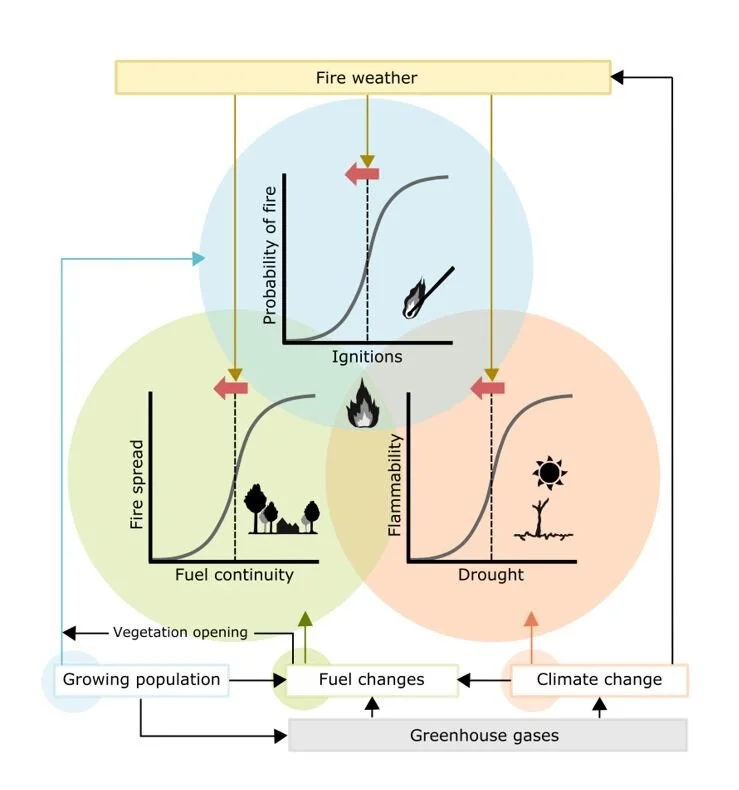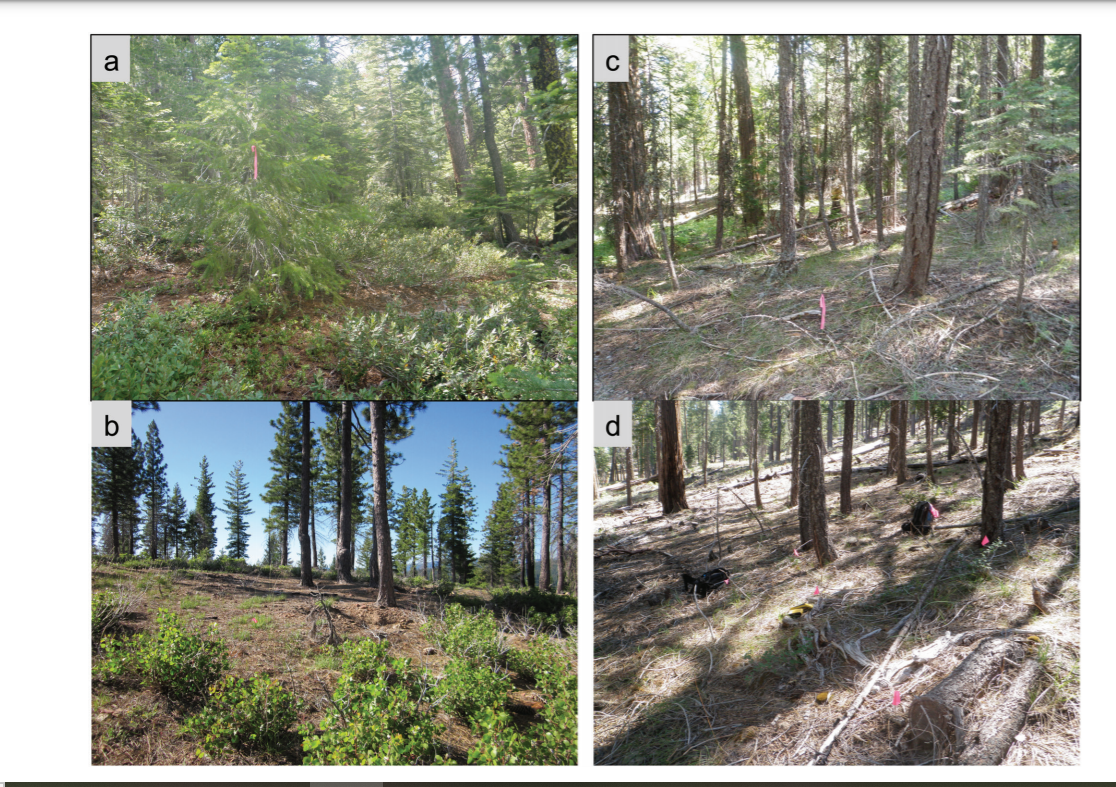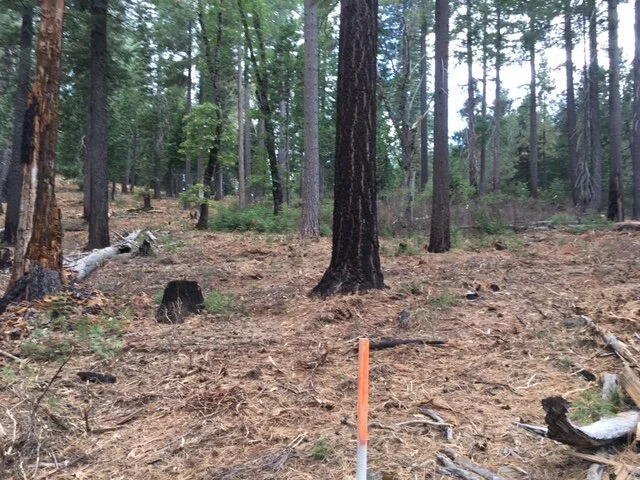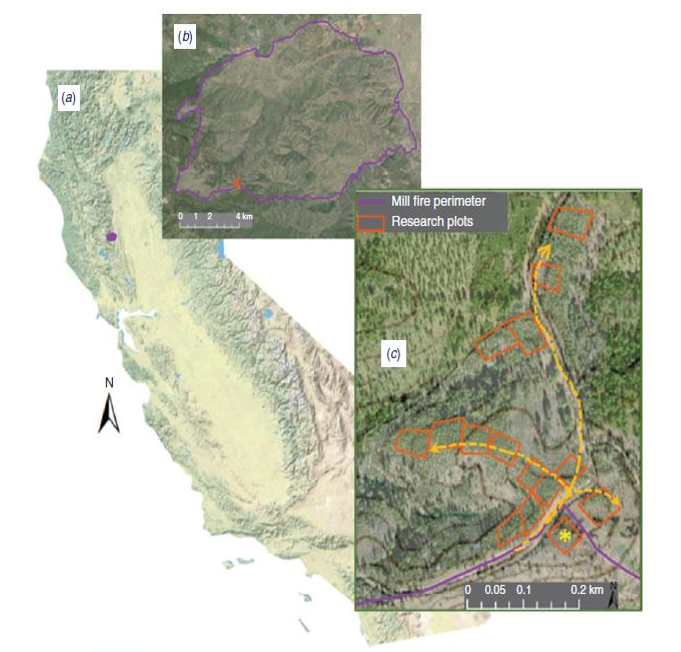Weather Impacts on Fire Thresholds: A Recipe for Big Fire: Research Brief
/In this important concept paper, Pausas and Keeley (2021) outline the mechanistic flow of complex drivers of wildfire for fire prone ecosystems. In brief, with ignitions, fuel continuity, and drought saturation points simultaneously lowered by the right weather, wildfire will be triggered.
Read More






















